REFIGURED at Exhibit A features the work of eight artists using the figurative imagery. One artist, Anne Muntges of Buffalo, NY, is known primarily for architectural imagery and her mark making. I asked Anne about both, and here is what she had to say.
Ann W.
Your artworks in REFIGURED feature stiffly posed bodies that are both headless and seemingly hollow. Explain a little bit about what ideas you are putting forth by using this imagery?
Anne M.
One of the overarching themes of my work has been an exploration of architectural space. I often focus on the home, or home-like spaces because they are areas I have the most access to in my life. I very rarely put human figures in the spaces because I was more interested in the artifacts of an occupied home rather than the actual occupants.
A little more than a year ago I started to imagine what it might be like to occupy the spaces of one of my drawings. Exploring this lead my down a path to where I discovered beautiful victorian era portrait cards at a flea market. The people in the images were far too regal to ever live in one of my drawn homes, but the images struck me. The figures were so stiff and almost sculpture like. I started to toy with this idea of the figures becoming the homes I had been drawing. Their clothing the exteriors of my spaces with their torsos or legs opened up with windows or doors. The figures would still interact with each other as they had in the portraits but their identifying features would be removed.
It was exciting to play with. By making the figures less human there seemed to be more possibilities to play with blending architectural features into their bodies.
Ann W.
You seem propelled through your work, both in a broad sense, and likely, moment to moment by a sort of meditative contemplation, a dreamlike way of considering everyday things. Would you say that ’s the case? How does the repetitive nature of your mark making feed into how you contemplate ideas and develop subject matter?
Anne M.
Its kind of funny, until recently I had not really thought about my mark making too intensely. It was just a natural extension of myself. I suppose it it quite meditative. I know that I am at my happiest when I am working through a drawing. Each mark is building form and the more I make the more alive the image becomes. I get actively excited for each strike of my pen as I go forward in my work.
Drawing time is also definitely filled with daydreams. Sometimes I find myself imagining I am the thing I am drawing and trying to figure out how the lines would best build me. Those moments can be as mundane as thinking about how to bring an arm forward or as odd as trying to resolve how best to fit a door into my chest. When I get to the point of thinking about how to fit architecture into the form it of course leads me to question if the door should be a window and if the window should show something. That usually means there has to be more drawings until I figure out exactly the right architecture to accentuate a torso or thigh...
I am inspired by my drawing process and I definitely do use it as time to think about new work. It is not always a logical leap but being in process does always lead to new work.
You seem propelled through your work, both in a broad sense, and likely, moment to moment by a sort of meditative contemplation, a dreamlike way of considering everyday things. Would you say that ’s the case? How does the repetitive nature of your mark making feed into how you contemplate ideas and develop subject matter?
Anne M.
Its kind of funny, until recently I had not really thought about my mark making too intensely. It was just a natural extension of myself. I suppose it it quite meditative. I know that I am at my happiest when I am working through a drawing. Each mark is building form and the more I make the more alive the image becomes. I get actively excited for each strike of my pen as I go forward in my work.
Drawing time is also definitely filled with daydreams. Sometimes I find myself imagining I am the thing I am drawing and trying to figure out how the lines would best build me. Those moments can be as mundane as thinking about how to bring an arm forward or as odd as trying to resolve how best to fit a door into my chest. When I get to the point of thinking about how to fit architecture into the form it of course leads me to question if the door should be a window and if the window should show something. That usually means there has to be more drawings until I figure out exactly the right architecture to accentuate a torso or thigh...
I am inspired by my drawing process and I definitely do use it as time to think about new work. It is not always a logical leap but being in process does always lead to new work.
Ann W.
You currently have an impressive installation on view through August 9th, at Big Orbit (Buffalo, NY) titled Skewed Perspectives. It’s 75 feet of objects and decor that you have marked. I believe you spent 2 years creating it. So what’s next?
Anne M.
This might be the hardest question yet! I'll try to hide the onset of panic about evaluating the future...
I am hoping to get Skewed Perspectives to more venues. I also have a show scheduled with the Buffalo Arts Studio in January where I am working another large installation of drawing objects. A similar style to what I did for this work, but different outcome and not structured like a home.
Other than that I am participating in a few projects. There is the Community Supported Art (CSA) series through CEPA Gallery, for which I am making a new lithographic print. I am also doing a national print exchange organized by a friend and Colleague, Jonathan Barcan in San Francisco and in September I'll be at the Ox-Bow residency in Michigan.
I am staying busy and though nothing is concrete in the next few months except for the Big Orbit Show I am confident and excited about it moving around and taking me on new adventures!
Ann W.
I'm excited about your next adventures too whatever they may be! I always love to seeing what you are up to. Thank you so much for talking with me about your work.
Anne M.
Thank you.
LINKS:
Post Script:
Be assured I will also be speaking to artists not named Ann(e) so stay tune

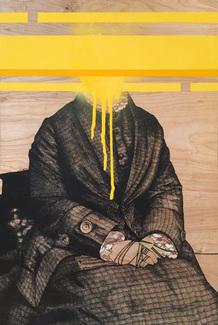
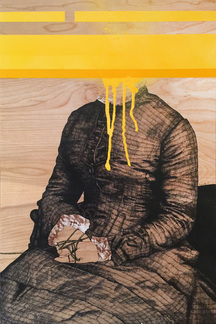
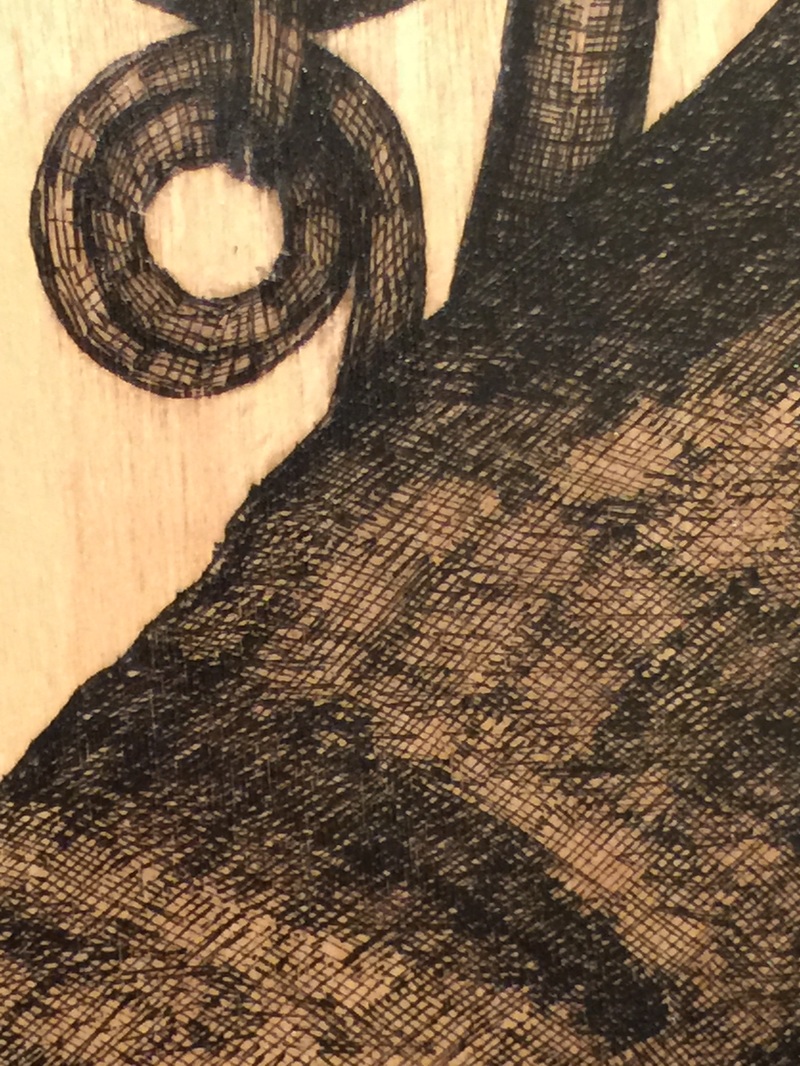
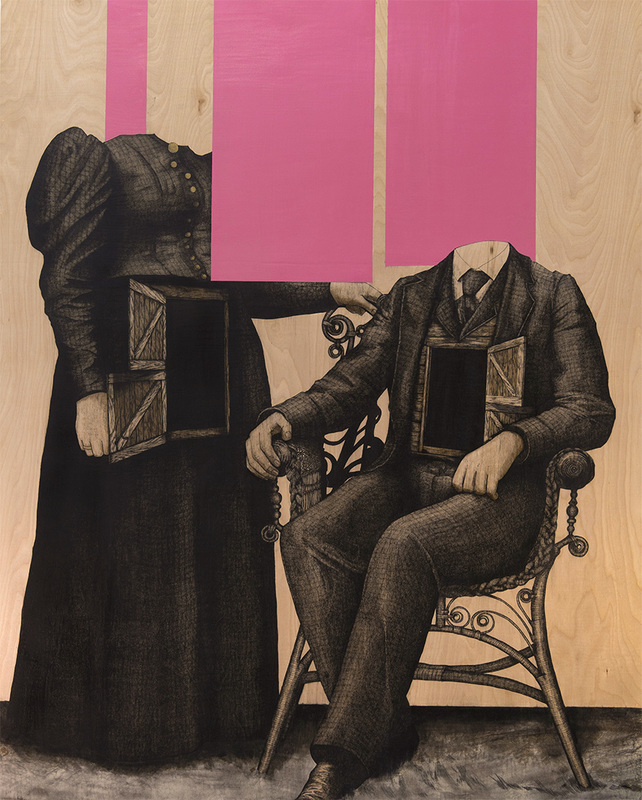
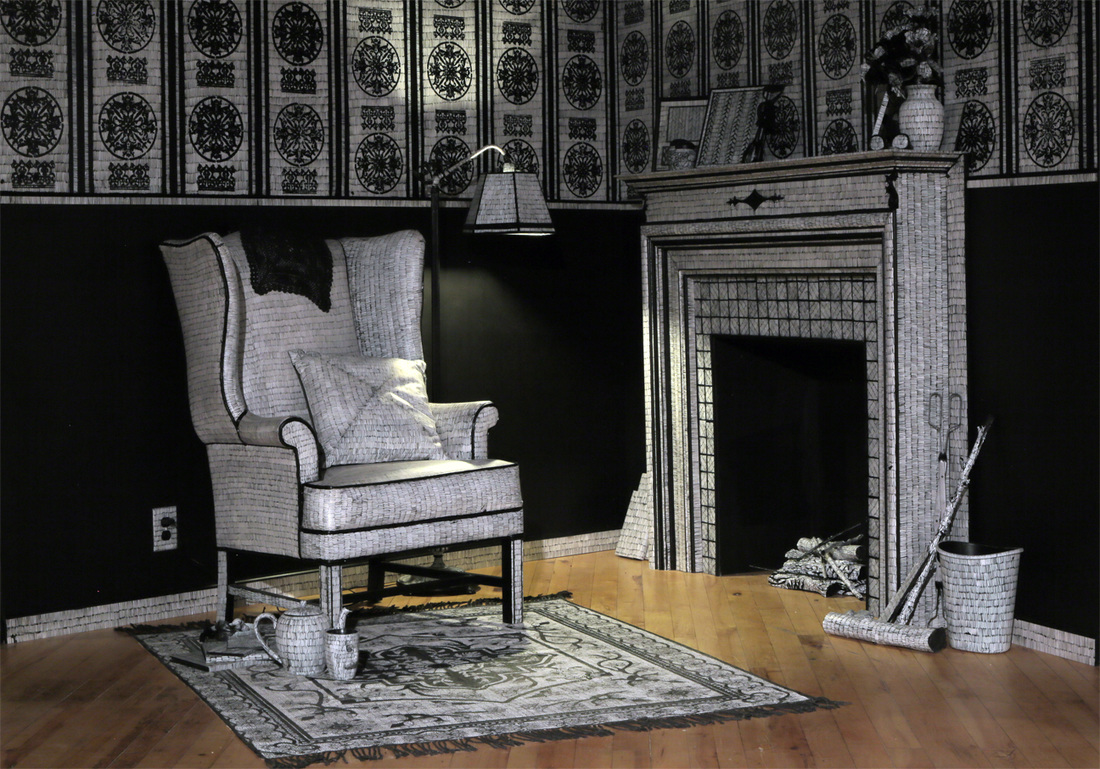
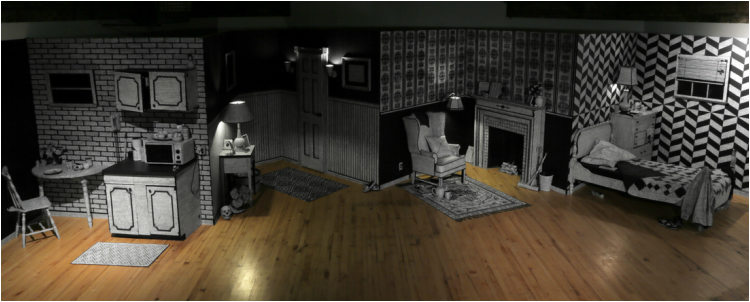
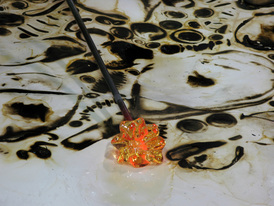
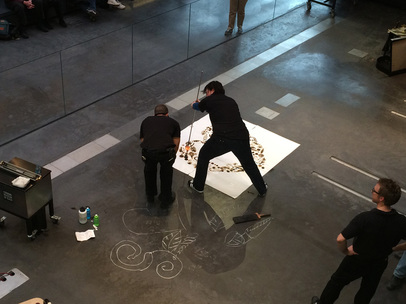
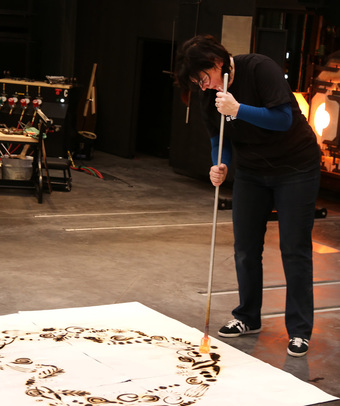
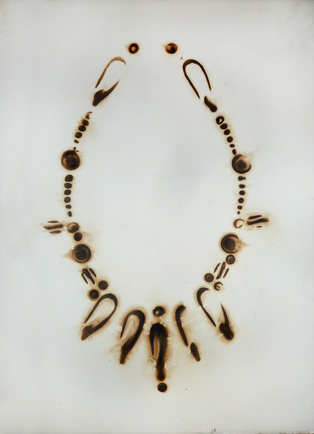
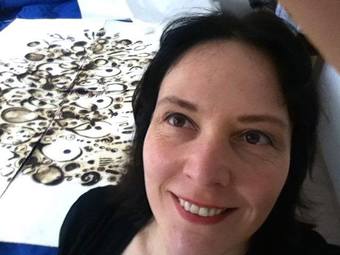
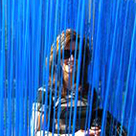
 RSS Feed
RSS Feed
